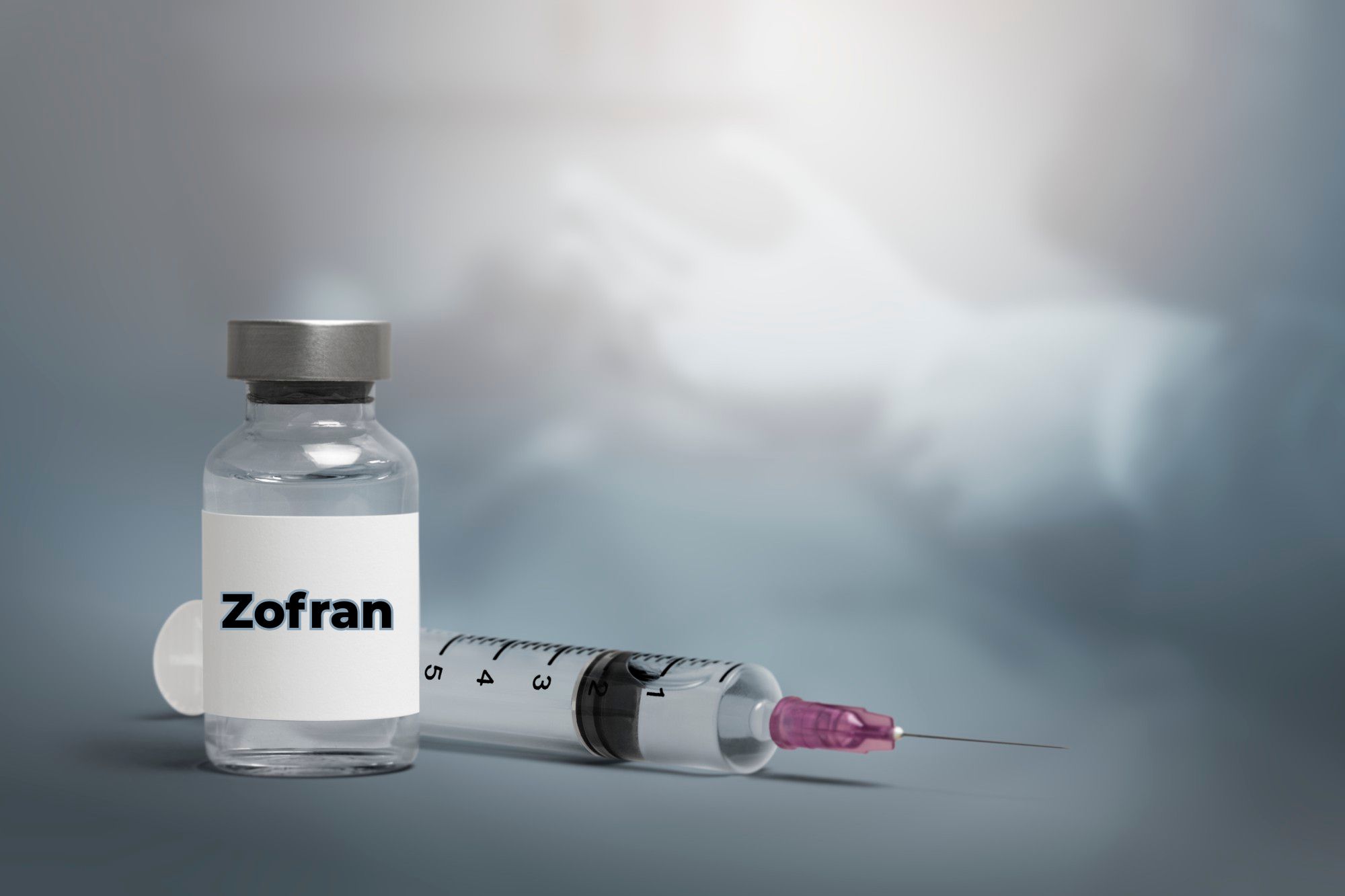Gradually, it was observed that Tasigna, considered as a boon, started developing some fatal health conditions.
Tasigna is a kinase inhibitor that is said to work in the body by interfering with protein signaling cancer cells to multiply. This medication is used to treat adult patients who have been diagnosed with chronic myeloid leukemia. This drug is also effective in the treatment of Philadelphia chromosome-positive myeloid leukemia that can be chronic as well as accelerated. Tasigna comes along with side effects like skin rash, itching, headache, diarrhea, constipation, and minor cold symptoms.
The patients should immediately consult with the doctor if patients using Tasigna comes across severe side effects like painful urination, rapid weight gain, high blood sugar, and signs of liver disease.
Tasigna comes in the form of a gelatin capsule which has a strength of 150 - 200 mg. The dosage recommendation is usually twice a day which should be eaten one hour before eating food or two hours after having food. The physicians sometimes need to alter the dosage depending upon various health factors. Tasigna might interact with various other drugs, therefore doctors should be well informed about the other medication being taken by patients.
Pregnant women should stay away from taking Tasigna as unstudied risk can be pass on to the newborn baby while breastfeeding. There has been no establishment of Tasigna safety usage in pediatrics.
Patients need to note that while taking Tasigna they should avoid grapefruit and grapefruit juices as they interact with this drug and leads to unwanted side effects. Stomach acid reducers like Pepcid, Tagamet, or Zantac should be taken 10 hours before taking this medication or 2 hours after having the drugs. Also, an antiacid that contains aluminum like Di-Gel, Gaviscon, Maalox, etc should be taken two hours before or after this medication. Tasigna can cause severe heart problems to patients who are already taking medication for asthma, mental illness, high blood pressure, and depression.
A total of 16,478 patients in the US from 2007 to September 30, 2019, have reported Tasigna side effects. As per the FDA Adverse Events Reporting System (FAERS), 11,532 cases out of 16, 478 cases were serious that includes 3100 deaths.
Lawsuits have been filed against Tasigna’s manufacturer, Novartis, claiming that the company did not warn the public about atherosclerosis. This disease occurs when arteries are blocked by fatty deposits that may lead to strokes, heart attacks, and other chronic problems.
Patients who have achieved good blood cell counts can stop treatment. Doctors term this as treatment-free remission, or TFR. However, stopping Tasigna may lead to side effects.
Patients who go for TFR may have to encounter musculoskeletal problems after stopping Tasigna. The problems include pain in the muscles, joints, bones, legs, and spine. Patients who come across these complications should inform their doctor.
If we speak of atherosclerosis disease, it develops over several years, however, a paper published in Leukemia stated that patients developed accelerated atherosclerosis just two and a half years after taking Tasigna drug.
Tasigna medication also comes along with Myocardial ischemia which occurs when the heart does not get an adequate amount of blood flow. Atherosclerosis which affects the coronary arteries is one of the common causes of myocardial ischemia.
When the heart muscles do not get enough oxygen and blood, it leads to struggle in the functioning of the heart. This can lead to a heart attack. As per the clinical trial, 5 percent of patients taking 300 mg of Tasigna daily dosage suffer from ischemic heart disease, while 9.4 percent taking 400 mg of this drug suffer from this chronic disease.
Tasigna comes with a black box warning for the risk of QT prolongation and sudden death which is a condition that happens when there is an irregular heart rhythm. QT prolongation may cause consciousness or sudden death.
In the year 2013, Health Canada red signaled Canadians about the risk of atherosclerosis associated with Tasigna. The manufacturer of this drug, Novartis listed warnings to the Product Monograph that informed Canadian doctors about the usage of this drug. However, the company did not mention atherosclerosis disease risk in its packaging boxes in the United States.
Patients who have suffered atherosclerosis due to Tasigna medication may qualify to file a lawsuit for compensation. Currently, People may file injury cases individually as there is no class suit established as of now.
Tasigna lawsuits accuse Novartis has the allegation that the company failed to warn the consumer in the US about this drug risk linkage with atherosclerosis. The plaintiffs also accuse the manufacturer of illegal marketing, reckless conduct, fraud, allegedly failing to warn the consumer about the risk just for the sake of the company's profit and conscious disregard.
Serious Alleged Injuries May Include:
- Atherosclerosis
- Myocardial Infarction
- Stroke
- Sudden Death
FDA Safety Warnings:
On December 22, 2017, FDA updated label of Tasigna with the permission that certain patients with a type of Leukemia may be eligible to stop treatment after a sustained response.
Legal Updates:
The number of lawsuits filed against Tasigna is increasing day by day due to its fatal health consequences like cardiovascular injuries, strokes resulting in sudden death.
News
June 10, 2021: Tasigna Lawsuits Consolidated In New Jersey Multicounty Litigation
New Jersey’s Supreme Court has announced centralization of all Tasigna lawsuits across the country before Superior Court Judge Rachelle Harz in Bergen County for coordinated pretrial proceedings.
Novartis, the manufacturer of Tasigna, faces several lawsuits claiming that it failed to warn the users about the risk of blood flow problems that might lead to artherosclerosis, a stroke, heart attack, amputations, or death due to the drug.
Currently, 64 plaintiffs have filed lawsuits in New Jersey Superior Courts alleging that the consumption of the drug has caused severe injuries to them. All the lawsuits claim that the manufacturer intentionally hid the risks associated with the drug that results in heart attacks, strokes, peripheral vascular disease, and amputations.
Centralized cases consolidated before the judge as part of a New Jersey MCL involve the transfer of claims pending throughout the state or all pretrial proceedings. The MDL will consider each lawsuit as an individual case and will also help in preventing repeated evidence and testimony throughout the litigation.
Tasigna is a part of a class of drugs known as kinase inhibitors and was approved by the FDA in 2007. It is prescribed for the treatment of adults suffering from Philadelphia chromosome-positive chronic myeloid leukemia. The professionals even prescribe it to the adults intolerant to prior therapy of chronic phase and accelerated phase Ph+ CML.
In April, a similar request for consolidation of the cases was made in the U.S. District Court for the Southern District of Illinois where the plaintiffs asked the U.S. Judicial Panel on Multidistrict Litigation (JPML) to consolidate all claims brought in the federal court system.
July 20, 2018: Federal Judge Denies Preemption Dismissal of Tasigna Lawsuit
U.S. District Judge Robin Rosenberg, of the Southern District of Florida, issued an order on July 9, granting part permission to the plaintiffs in the Tasigna lawsuit to pursue claims against Novartis; however, he barred them from pursuing punitive damages in one claim.
The ruling allows a product liability case filed by a couple to proceed, involving allegations that the Tasigna manufacturer failed to provide adequate warning about the drug’s side effects like constricting and hardening of arteries, which caused the plaintiff to develop a stroke. Judge Rosenberg refused to dismiss the case based on preemption. To prove a preemption claim, the defendants are supposed to present that the state failure-to-warn laws conflict with the drug's federal approval. The Court ruling indicates that Novartis failed to prove that the FDA would have disapproved of a stronger label warning for Tasigna. However, the Court supports the defendant in denying punitive damages to the plaintiffs due to the New Jersey law which prohibits awarding punitive damages if the drug is approved by the FDA.
Plaintiffs filed a motion on July 13 to allow partial reconsideration of the summary judgment requesting to allow pursuing punitive damages. The motion stated, “Under New Jersey law, punitive damages are available ‘where the product manufacturer knowingly withheld or misrepresented |LS|material and relevant|RS| information required to be submitted under the agency’s regulation. Plaintiffs have shown that Novartis not only withheld from the FDA material information related to atherosclerosis-related conditions associated with Tasigna but that it knowingly made material misrepresentations to the FDA.”
A court trial is scheduled for September 17, 2018, and a status conference for August 15, 2018. The growing number of Tasigna lawsuits claim it causes atherosclerosis (hardening of the arteries), which can develop a stroke, heart attack, or can even lead to death.
July 17, 2018: Tasigna Lawsuit Allowed To Move Forward
A federal judge permitted a Tasigna lawsuit to move forward over claims that the manufacturer Novartis AG failed to warn about the health risks of taking the drug. The lawsuit filed by a Florida man for treating chronic myeloid leukemia (CML) who alleged that consuming Tasigna caused him a stroke in 2013.
The plaintiff was under Tasigna medication since 2011 and claims Novartis failed to warn doctors and patients about the possible adverse effects of the drug. The drugmaker, however, requested for a summary judgment indicating it could not add a warning label without proper permission from the U.S. Food & Drug Administration (FDA). Novartis also insisted that the FDA would have rejected such a warning label proposal. But the summary motion request was rejected by U.S. District Judge Robert L. Rosenberg of the Southern District of Florida in an order issued on July 9, 2018, asserting that there was no clear evidence that the FDA would reject the proposal to add a warning label for stroke.
Tasigna was introduced in 2007 to treat chronic myeloid leukemia by blocking proteins that make cancer cells grow. However, a growing number of claims link the use of Tasigna and atherosclerosis (hardening of the arteries), which can lead to stroke, heart attack, or even death. consequences like cardiovascular injuries, and strokes resulting in sudden death.
Evidence:
- Indication Of Tasigna Usage In Medical And Pharmacy Records
- Duration Of Tasigna Usage
- Complications And Their Treatment After Administration Of Tasigna
Medical Record Review and claim validation of Tasigna case should take approximately 3 hours in most instances; however, this approximation may vary in cases based on the volume of records.




